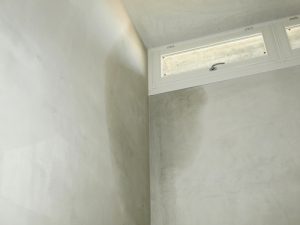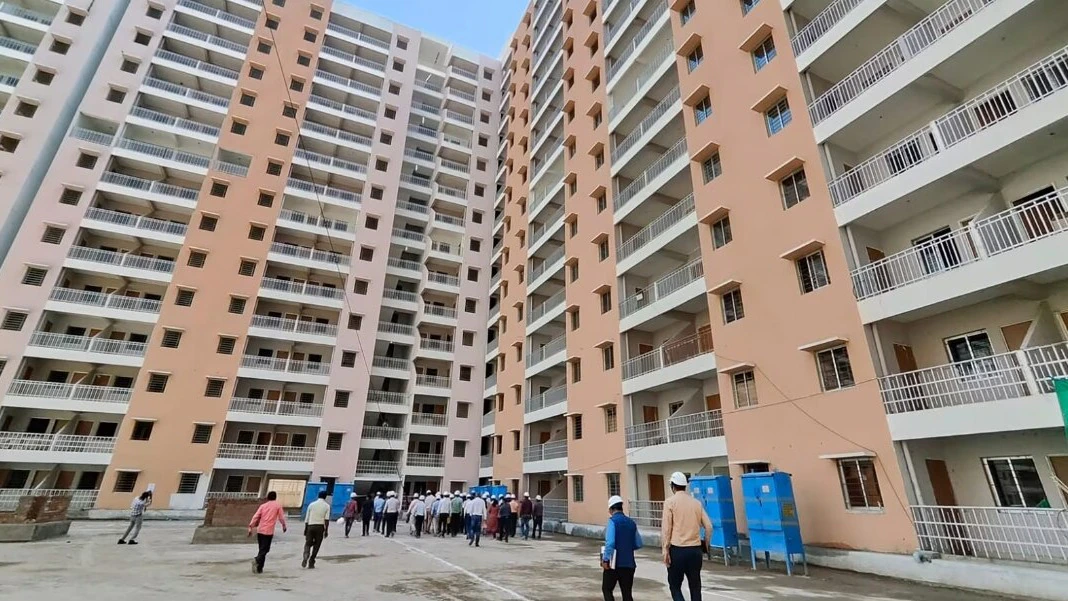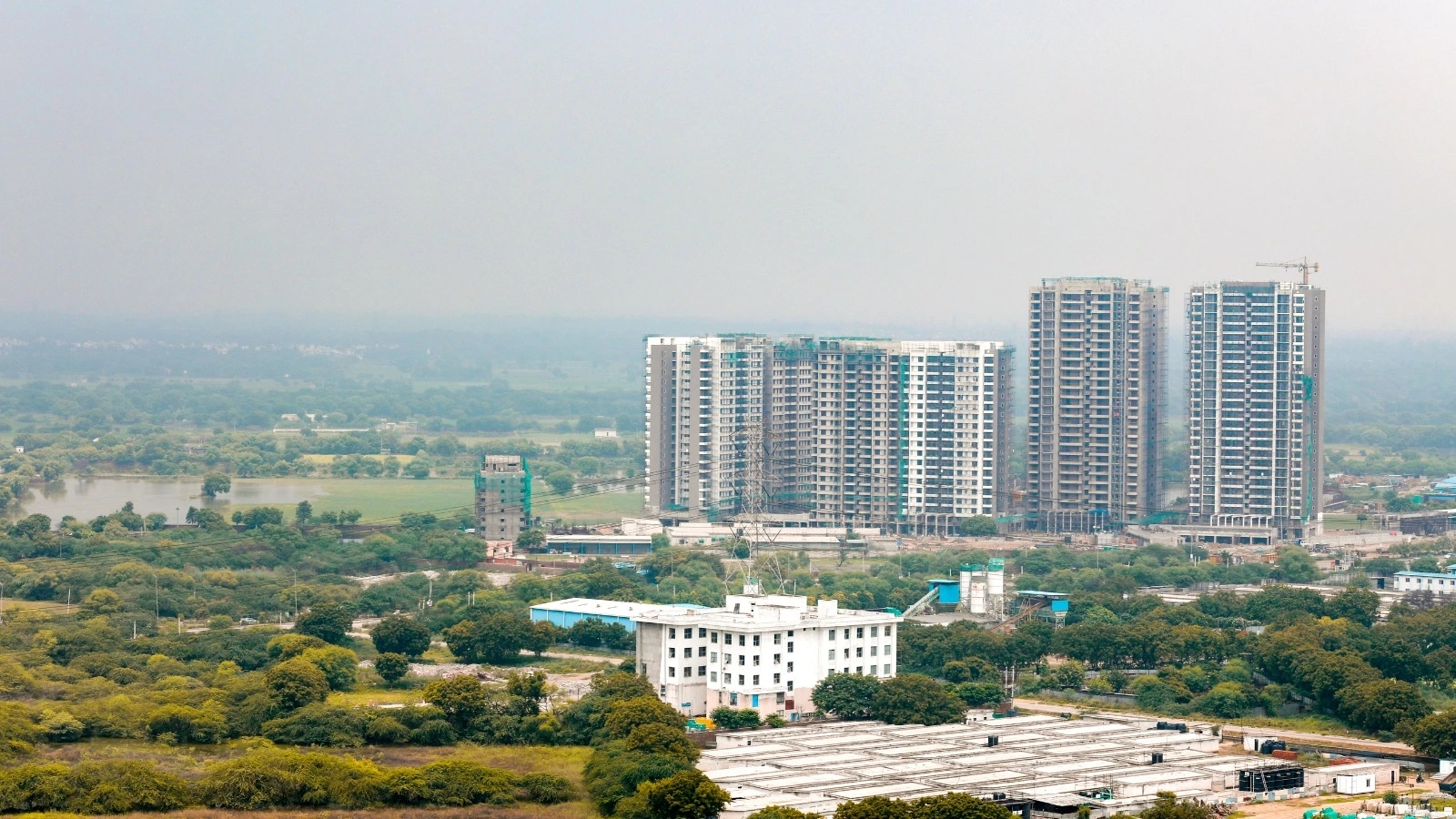Table of Content
Wet walls: Many Indian homeowners complain about damaged walls and how to prevent wet walls during monsoons. During the rainy season, moisture leaks through the outer parts of the house causing wet spots on the inner walls. This results in cracked paint, leaks, mould and mildew, and makes your home feel cold and full of moisture. These spots often remain after the rainy season has passed. Prolonged exposure to moisture can seriously damage your walls and home structure, making it necessary to tackle the problem effectively. 
What causes wet walls?
- Clogged pipes can damage the walls.
- Soil moisture can rise above ground level and damage walls.
- Rain spray can make the walls damp or wet
- Sloping roofs can collect water that can seep into the house and cause cracks
- Clogged drainage pipes can collect water and cause wet walls.
How to prevent wet walls?
Plaster can help cover cracks in the wall Here are three quick and eastern ways to avoid wet walls:
1. Check for cracks in the walls and close them
Over time, the walls of your home can show cracks, which usually start near the door and window frames. These cracks allow moisture to penetrate the building structure and cause wet spots. All of these gaps should be filled with crack filler paste. Once the gaps and crevices are filled, all loose plaster is removed and then the wall is repainted. Just be sure to do this before the monsoon starts.
2. Resistance to exterior walls and ceiling
Many of the exterior paints used in buildings are permeable and allow water to leak outside of your home into the interior walls. To prevent leakage, the outer insulation layers of the outer walls are required. The waterproofing layer will create a barrier against rainwater and moisture and will prevent wet walls in your home. Ceiling waterproofing is as important as external wall insulation. The balcony is exposed to bad weather conditions and the water easily accumulates on the surface, which leads to leakage and wet spots inside. Ideally, the roofs should have a waterproof coating that acts as a sealant and prevents water leakage.
3. Install a moisture-proof cycle
Sometimes, you will notice wet spots along the bottom of the walls, near the socket. Moisture-Proof Cycle is a preventive measure to prevent groundwater from rising through your home walls. In a moisture-resistant path, a protective barrier is constructed of impermeable material (something that does not allow water to pass through) in a brick wall at about 150 mm above ground level. This prevents soil moisture from rising through the walls and causing damage. Most buildings are generally built with a moisture-proof track. However, if you notice wet spots on the bottom of the walls, you may need to replace the moisture resistance course. This is an intense work that needs to be done well. Therefore, it is better to have a professional expert to assess the damage and replace the moisture resistance cycle if necessary. Remember to keep your home well-ventilated during this season. Take quick steps to remove any mildew or mildew from the walls. Thus, this can cause respiratory problems. If you notice excessive moisture or deep cracks in your walls, see a specialist immediately to avoid damp walls.
4. Grunts and pressure plaster
Grunting: refers to the process of spraying a layer of the concrete mixture on pipes and walls, which makes it water-resistant. Pressure plaster: this process refers to the application of a mixture of cement and sand with puffs in the cracks, holes, or cracks in the structure. Article source: livspace Img source: garrattsdamp Also read: Decorating small apartments: Top 5 Ideas to decorate small apartments


_1752219110.webp)







_1766133697.webp)